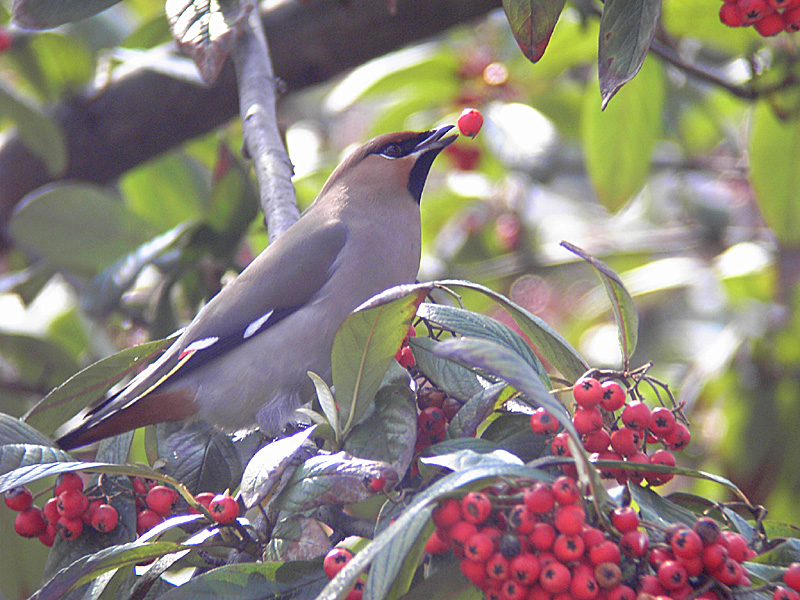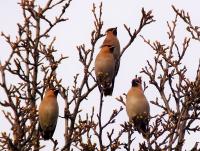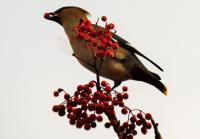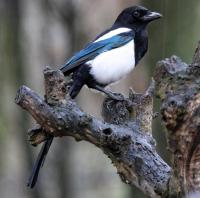- Home
- FAQs
- Customer Video Gallery
- Customer Photo Gallery
- Bird Facts
- Bird Food Blog
- Bird Information
- Feeding Advice
- Small Animal Information
- A to Z of Guinea Pigs
- A to Z of Hamsters
- A to Z of Rabbits
- Basic Care for Guinea Pigs
- Basic Care for Hamsters
- Basic Care for Rabbits
- Basic care for Chinchillas
- Basic care for Ferrets
- Basic care for Gerbils
- Basic care for Mice
- Basic care for Rats
- Buying a Healthy Small Animal
- Does your Reptile need a Licence
- Equipment for Ferrets
- Equipment for Hamsters
- Equipment for Mice
- Equipment for your Chinchilla
- Equipment for your Gerbil
- Equipment for your Guinea Pig
- Equipment for your Rabbit
- Keeping a House Rabbit
- Dog Information
- Cat Information
- Customer Information
- Fat Balls
- Suet Pellets
- Straights
- Seed Mixes
- Suet Treats
- Mealworms
- Bird Feeders
- My Account

| Scientific Name | Bombycilla garrulus |
| Breeding | June onwards, not in UK |
| Fledge Days | 16 days |
| Incubation Days | 14 days |
| Lifespan | 5 years |
| Number of Clutches | 1 |
| Number of Eggs | 3-7 |
| Size | 18-21 cm |
| Weight | 55g |
| Wingspan | 34 cm |
Bird Family : Waxwings
Waxwing Facts - Information About Waxwing
Waxwing - Bombycilla Garrulus
The Waxwing is an uncommon British winter visitor, however in some years numbers are high, this generally depends on the weather and food supply in north Eastern Europe, from where they come. The colder the weather, the more chance there will be of birds moving to milder locations and easier feeding opportunities. It frequently occurs in town and city centre habitats as it feeds on ornamental berry trees such as Rowan, which are often planted by local councils in shopping areas throughout the country.
Identification:
Adults
- Males and females are very similar, females black bib has a less defined lower edge, more diffuse, otherwise as male.
- The Waxwing is similar in size to our Common Starling, up to about 21cm but tends to be bulkier, as if a little over weight!
- Waxwings are unmistakeable, the combination of call, plumage, colours and crest make it one of the easiest birds to identify.
- Tail is short, dark and tipped with yellow.
- Upper tail coverts, rump and lower back are soft dove grey.
- Back and rest of upperparts are a velvety peach buff colour, beautiful.
- Wings are peachy with dark primaries edged with prominent yellow tips and white edges, to larger white patches occur, 1 on the edge of the secondaries and 1 on the coverts.
- The bird gets its name from the red wax like tips it has on its secondaries.
- The waxwing is bull necked and thick set, the head is peachy orange with large crest, black bib, small black loral stripe and eye mask.
- Breast, belly and flanks are rusty buff, vent and undertail coverts are orange.
- Bill is very large, triangular and black.
- Legs, bill and eye black.
First Winter
Similar to adults but less obvious yellow wing markings and no red tips to secondaries.
Status and Distribution
The Waxwing does not breed in the UK and is a winter visitor in varying numbers, birds generally start to arrive from November onwards and stay for several months before departing to breeding grounds in North Eastern Europe.
Habitat / Food
Waxwings are not shy and will often feed in close proximity to humans, good views can often be gained due to this. They are attracted to berry bush’s / trees and favour Rowan, Cotoneaster, Holly and Hawthorne. They will often feed on Fruit such as apples.
Song / Call
Call note is a soft extended trill, uttered several times and often promoting responses from other birds within the flock.







